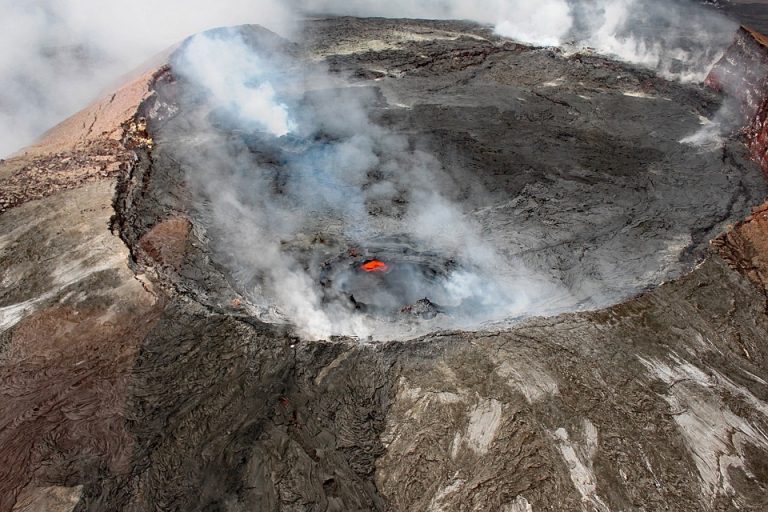Meteorites aside, Earth started out with as much material as it has today. So why are most rocks much younger than the planet itself? Our expert Maud Boyet says the answer is written in stone. The rocks on Earth are not all the same age. In fact, most are significantly younger than the planet itself. The oldest sections of the oceanic crust are thought to be 200 million years old — a blink of an eye in the planet’s billion-year lifespan. What is going on here? Boyet, a geochemist at the University of Clermont Auvergne in France, said:
“This makes it different to other planets in our solar system, as well as to our Moon.”
What this means in practice is that our planet’s ever-moving plate tectonics are constantly recycling rocks. When an oceanic plate meets a continental plate, it slides beneath it into the mantle — a process called subduction — where old rock is destroyed. Newer rocks are then formed from the melted mantle. A few seams of very old rock have been discovered, such as the billions of years old Nuvvuagittuq greenstone belt in Hudson Bay, Canada, as well as similarly ancient outcrops in Australia, China, Greenland, and South Africa. But even this very old rock has had a complex history. Boyet said:
“Exposure to high temperatures during past collision can change the chemistry. This disturbs the isotopic system we use for dating rock.”

Extraterrestrial help in dating Earth
Accurately dating the age of Earth has therefore been something of a challenge. The original rocks that existed at the very earliest stages of its creation are simply not there anymore. To date our planet’s creation, we have had to look beyond our own world. Boyet explained:
“Our Moon does not have plate tectonics. We can say for certain that about 80 percent of the moon’s surface is very old — at least 3 billion years old.”
Radiometric dating is used to confirm the age of rocks by looking at the proportion of two different isotopes. Radioactive isotopes break down in a predictable amount of time, enabling geologists to determine the age of a sample. Dating moonrock has therefore given us a clearer idea of the age of our solar system. Another key element has been the radiometric dating of meteorites, which were formed in the first tens of millions of years of the solar system forming. All this data — from Earth and beyond — has enabled scientists to put the age of Earth at around 4.5 billion years.

Uncovering the evolution of our planet
Still, the lack of 4.5-billion-year-old rocks means that scientists still do not know for sure what Earth was really like when those clouds of gas and dust condensed to form our planet. This is important, as in order to accurately chart Earth’s evolution, we need to know what was happening during the first few million years. Boyet sought to address this challenge through the recent ERC-funded ISOREE project. In particular, she analyzed the composition of the chemical element neodymium in primitive meteorites. Boyet said:
“Our conclusion is that Earth was enriched by neodymium through repeated collisions in the first million years of the solar system, which destroyed up to 20 percent of Earth’s mass. We were able to highlight the role of collisions in shaping planets and affecting their composition.”
This research has helped to increase our understanding of how Earth and the solar system were formed. Moving forward, Boyet is interested in the possibility of sampling rock deep within Earth, below big volcanoes such as in Hawaii, saying:
“Maybe we can find reservoirs of rock here that were formed early on and have not been mixed during all this time. Measuring small isotopic variations from these spots could give us more information about the early evolution of Earth.”
Provided by CORDIS [Note: Materials may be edited for content and length.]
Follow us on Twitter, Facebook, or Pinterest

